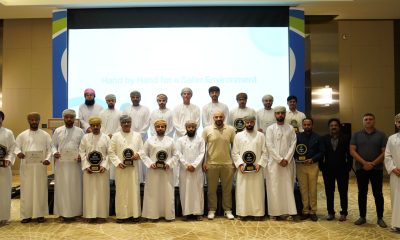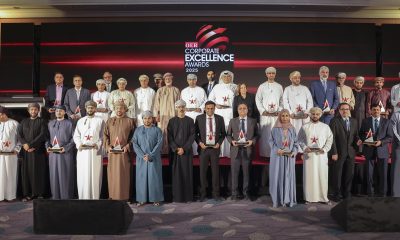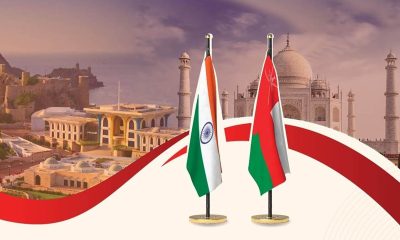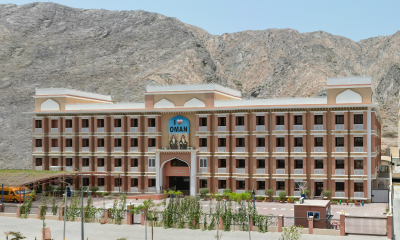Experts
Navigating the most severe downturn in decades

Both international and national oil companies have been among the early adopters of the multiskilled approach. As we gain better understanding of the value that this approach brings, we are able to engage with customers to adapt contract terms to reflect the value achieved.
A third initiative in crew modularity assigns crews to specific types of operation that they can perform in an approach to increase efficiency through specialization. In reducing support costs, our experience has highlighted the potential of the improvements possible. There are two components.
First, when we acquired Smith International in 2010, we established a complete shared-service organization. This began an extensive programme to streamline internal support processes and control addition of support staff more rigidly. As a result, our support organization has actually decreased in size during the years of growth.
Second, our early reaction to the current downturn has enabled us to reduce both direct and support headcount. This has been enabled by the agility of our field management team underpinned by their confidence in the deployment of the transformation program. As a result, while revenue grew by a factor of nearly four between 2004 and the peak in 2014, we were able to limit field and support headcount growth to factors of approximately three and two respectively.
Another key transformation initiative has been to reduce working capital, as a percentage of revenue, by 25 per cent. Progress has been made more difficult by the downturn in which some companies’ budget reductions are translating to late payments and increased DSO. This has recently increased our working capital relative to revenue, thereby slowing progress towards our goal even though working capital performance remains better that the previous years’ averages.
There are, however, a number of things that we do control. Centralizing assets, for example, also centralizes maintenance, which has a direct influence on the level of inventory that we need to carry.
In a similar manner, the efficiency gains and the experience acquired in supply chain logistics have enabled introduction of worldwide distribution centers that deliver required inventory using the “just-in-time” model of other high-technology industries. Our transformation is a long-term programme. Each individual initiative brings benefits over time, and each brings learning experiences that are leveraged by those that follow.
It took us seven years to realize the full benefits of the transformation of our engineering and manufacturing organization, a change that began in 2007. Armed with the experience we have gained in this and other components of the program as well as through each successful deployment, we are more and more confident in our ability to accelerate individual programs within our overall transformation programme.
If I were to describe overall progress I would say that we are close to halfway towards our goals. The transformation programme is also focused on the delivery of new technologies and business models that involve greater integration. Within these areas, we expect activities with increasing integration to exceed 30 per cent of revenue at increased profitability, and new technologies at premium pricing to contribute more than 25 per cent of our revenue by 2017.
Integration revenue is increasing as customers seek new ways of working as their own resources become stretched. Lump-sum turnkey work, for example is growing, and we are also working on a number of new SPM-type opportunities. New technology sales have been robust, and their resilience underpins our belief in the value of technology in improving efficiency, and increasing reliability.
As one example, the third quarter saw total BroadBand pressure pumping stage count reach almost 12,000, and pass the milestone of generating more than $1 billion in cumulative revenue since its introduction in late 2013. This performance is more than three times the success of HiWAY flow channel fracturing technology, which already represented a step change in new product introduction.
In other fields, the GeoSphere well placement service has been used to land an increasing number of deviated and extended-reach wells more accurately in the reservoir. We have completed more than 400 runs with the technology, demand is growing and pricing remains at a premium. In completions, where the unique Manara intelligent completions system has met considerable success, further sales have been made as the benefits of the technology become more apparent. And in unconventional resource development, we have set more than 1,000 of the highly versatile Infinity dissolvable plugs that decrease the time and cost required to complete such wells.
-

 Banking & Finance2 weeks ago
Banking & Finance2 weeks agoOman Oil Marketing Company Concludes Its Annual Health, Safety, Environment, and Quality Week, Reaffirming People and Safety as a Top Priority
-

 Economy2 months ago
Economy2 months agoMaal Card: What Oman’s New National Payment Card Means for Everyday Users
-

 Events2 months ago
Events2 months agoOER Corporate Excellence Awards 2025 Honours Entities and Innovations in Oman
-

 News2 months ago
News2 months agoSheikh Suhail Bahwan, Chairman of Suhail Bahwan Group, Passes Away
-

 News1 month ago
News1 month agoOIG Appoints New CEO to Lead Its Next Chapter of Excellence
-

 Economy2 months ago
Economy2 months agoOman Unveils Official Omani Rial Symbol in Landmark Move to Boost Global Currency Presence
-

 News1 month ago
News1 month agoReport: How India & The Middle East Are Exploiting Immense Economic Synergies
-

 Uncategorized1 month ago
Uncategorized1 month agoOman’s ISWK Cambridge Learners Achieve ‘Top in the World’ and National Honours in June 2025 Cambridge Series




























You must be logged in to post a comment Login